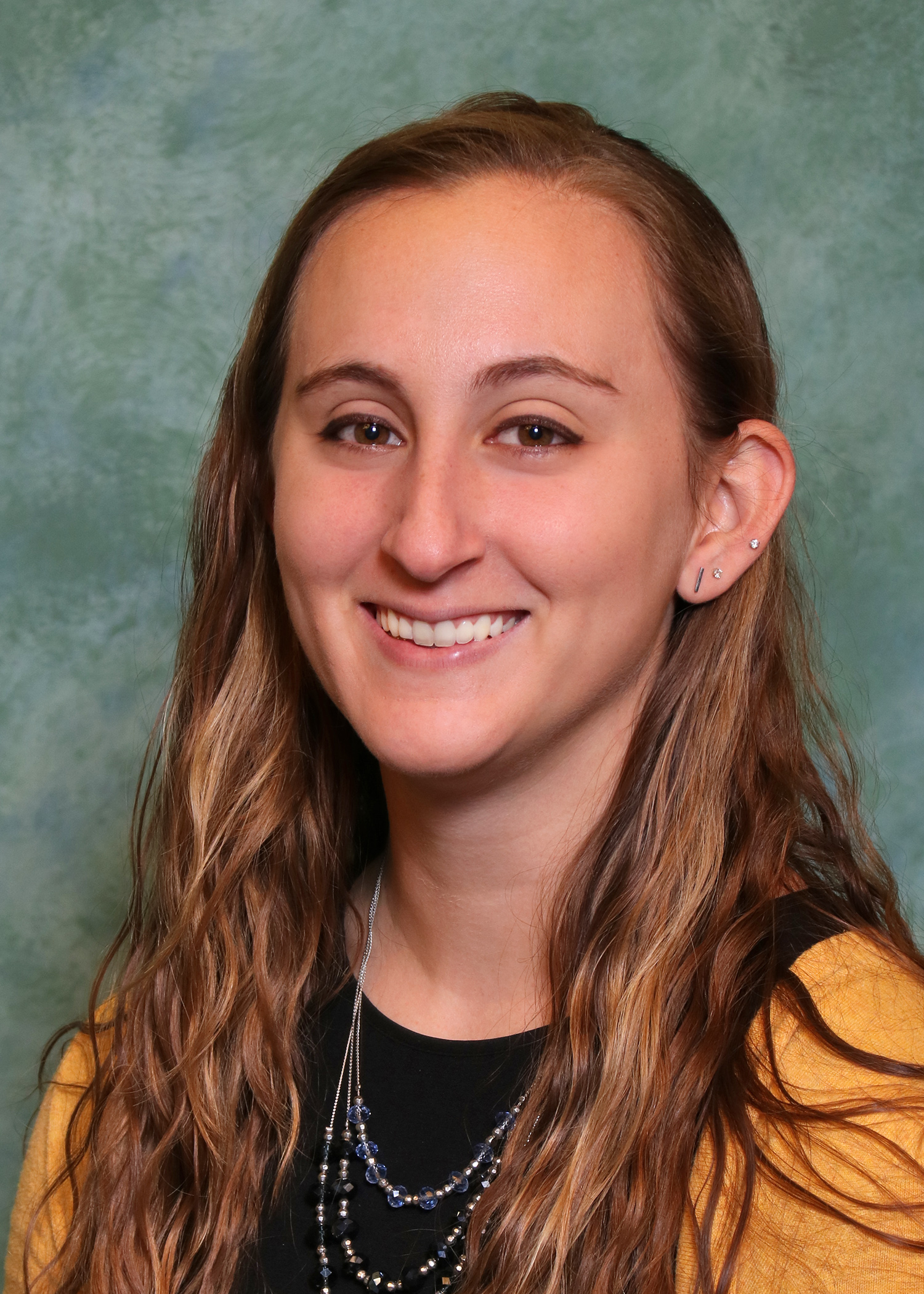Health Insurance Coverage: Estimates from the National Health Interview Survey, January-June 2016
Posted on by
Questions for Emily P. Zammitti, M.P.H., Associate Service Fellow and Lead Author on “Health Insurance Coverage: Estimates from the National Health Interview Survey, January-June 2016”
Q: Where do high-deductible private health insurance plans fit into 2016 estimates compared to earlier years?
EZ: Among private health insurance plans, high-deductible health plans have been increasing in recent years. 38.8% of persons under age 65 with private health insurance were enrolled in a high-deductible health plan in the first 6 months of 2016. This percentage has increased significantly, from 25.3% in 2010 and from 36.7% in 2015.
Q: What do you think is the most significant finding in your new study?
EZ: From January through June 2016, looking at adults aged 18 to 64, 12.4% were uninsured at the time of interview, 20.0% had public coverage, and 69.2% had private health insurance coverage. A small number of persons were covered by both public and private plans and were included in both categories, which is why the total does not always add up to exactly 100%. Among the 136.1 million adults in this age group with private coverage, 9.3 million or 4.7% were covered by private health insurance plans obtained through the Health Insurance Marketplace or state-based exchanges.
Q: What does your data show for young adult age groups who get private coverage through the Health Insurance Marketplace and state-based exchanges?
EZ: In our Health Insurance Early Release report, we provide some estimates of coverage among 19-25 year-olds, however, estimates of exchange coverage among young adults can be found in our quarterly tables, released as supplements to this report. Data from these tables show that nearly 2 million, or 3.5% of adults aged 18-29, have private health insurance coverage acquired through the Health Insurance Marketplace and state-based exchanges in the first 6 months of 2016. This percentage increased from 3.1% in the first quarter of 2016 to 3.9% in the second quarter of 2016. The supplementary tables can be found at https://www.cdc.gov/nchs/data/nhis/earlyrelease/quarterly_estimates_2010_2016_q12.pdf
Q: How have trends in health insurance coverage changed in 2016 compared to 2010 when the Affordable Care Act was established, and before 2010?
EZ: We can see a number of changes in health insurance coverage over time. In the first 6 months of 2016, 28.4 million (8.9%) persons of all ages were uninsured at the time of interview—20.2 million fewer persons than in 2010 (16.0%), but only 0.2 million fewer persons than in 2015 (9.1%). The difference in uninsured estimates between 2015 and the first 6 months of 2016 was not significant.
Q: What do you see in state-level estimates of health insurance coverage this year so far?
EZ: This report presents estimates of health insurance coverage for 12 states: California, Florida, Georgia, Illinois, Michigan, Minnesota, New York, North Carolina, Ohio, Pennsylvania, Texas, and Virginia. Of these 12 states, in the first 6 months of 2016, the percentage of adults aged 18-64 who were uninsured was highest in Texas (25.1%), and lowest in Minnesota (7.4%). Despite variation in the uninsured estimates between 2015 and the first 6 months of 2016, none of the changes for any of the 12 selected states were significant.